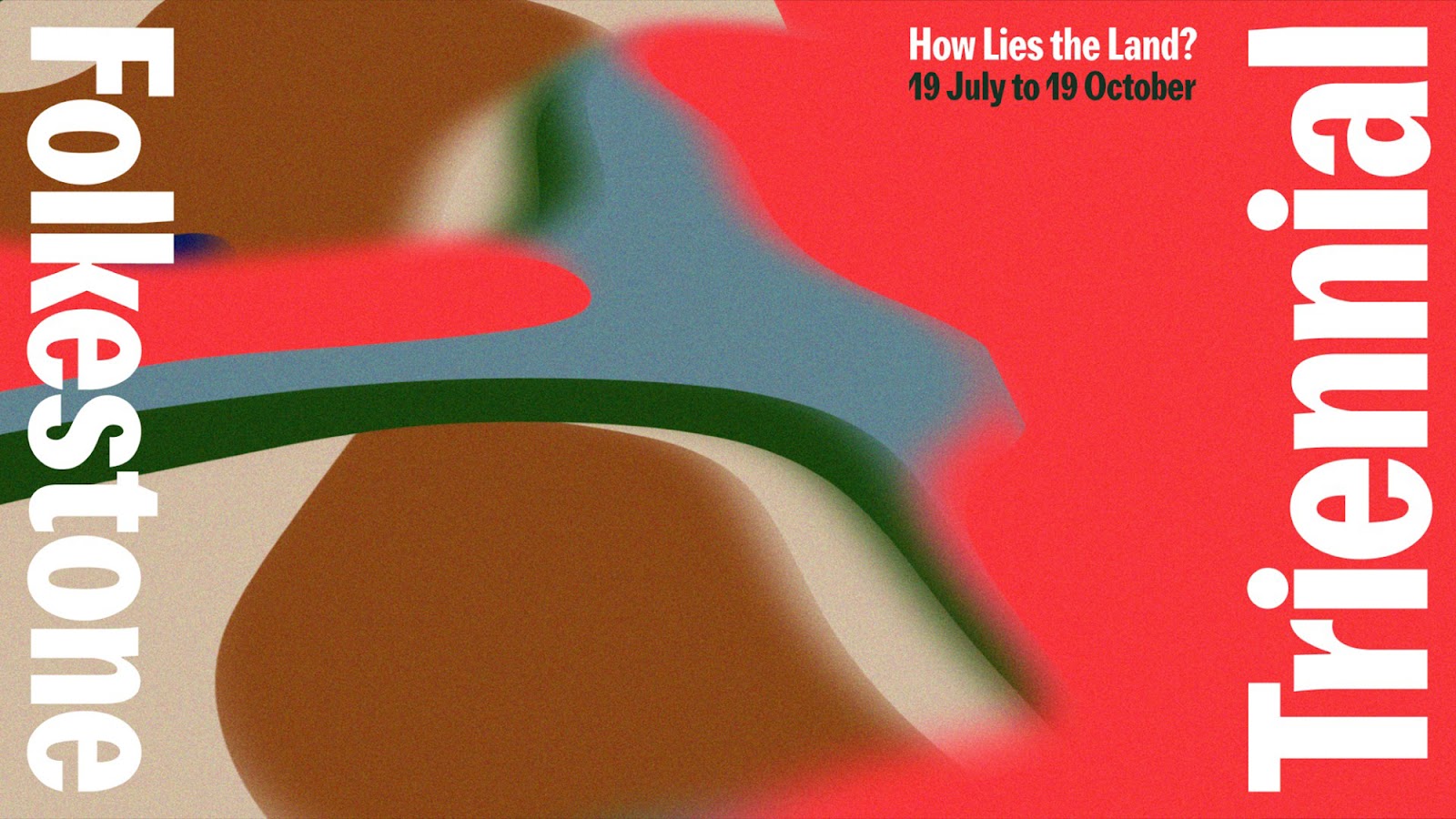Genevieve Draper: Slow painting
Published by GD Publishing, 2025
Designed by James Brook
ISBN 978 1 0369 2174 3
Soft cover | 230 x 170 mm | 64 pages | Printed by Gomer Print, Wales, on 150 gsm Edixion Offset with cover printed on 300 gsm Edixion Offset
Slow painting is a publication that I designed for the painter Genevieve Draper. Although it was published to coincide with the artist’s exhibition at the Scottish Arts Club, it is intended as a survey of the artist’s work rather than an exhibition catalogue as it features work not displayed at the gallery. The publication is non-chronological and is structured around several themes and series of works taken from the artist’s practice, including early works painted while the artist was a student at Camberwell College of Art. It is book-ended with illuminating essays by Penelope Curtis and Erlend Clouston. Photography is by Antonia Reeve.
The book is typeset in Freight Sans Pro and Freight Text Pro and is based on a simple grid that allows for works of different sizes to be shown alongside each other. The design and layout was established after several meetings and discussions with the artist and was initially designed with placeholder text and images, ahead of the bulk of the work being photographed by Antonio Reeve. This is the first time that the artist has made a publication so I worked very closely with her, guiding her through the various stages of making a book, and keeping her her up-to-date with how the design was developing. As the book was populated with text and images the grid proved to be very flexible and was able to accommodate different needs such as multiple images on pages and headings that weren’t present in the original brief.
The book originally included a title page on the first page – a publishing convention that offers the viewer a pause, after the cover, before the book begins. In early drafts, Penelope Curtis’s essay about the artist’s practice followed immediately after the title page, but the artist decided the book needed an introduction from her, so, as we were tight with space, and had already reached the agreed page count, we placed this text on the first page, losing the title page. Originally titled To begin… this addition on page one, with an accompanying image of a painting on the inside cover means the reader is straight in to the main body of the book, an unconventional move that – I feel – is one of the design elements that positions the book as an artist’s book rather than a straightforward exhibition catalogue. For balance, the last page of the publication and inside of the back cover was designed in a similar way – as a double-page spread of biographies.
Originally titled Genevieve Draper: A Retrospective, the title changed several times to become Genevieve Draper: Slow painting, to reference the artist’s identity as a Slow artist and her carefully considered approach to painting. I have documented the title changes in a previous blog post, where the arrangement of type on the cover comfortably accommodates these variations. I had initially given the artist several options for cover images based on paintings that I felt made a strong statement but, in the end, we both agreed that the detail from the 1979 painting In the Garden at the Oval, London was the one – sometimes things just fall in to place.
It has been a pleasure working on this book with Genevieve, not least because of the many interesting conversations that we have had about painting, art school education, and maintaining an art practice.
EH1 2BW, from 3 July to 2 August 2025.









































